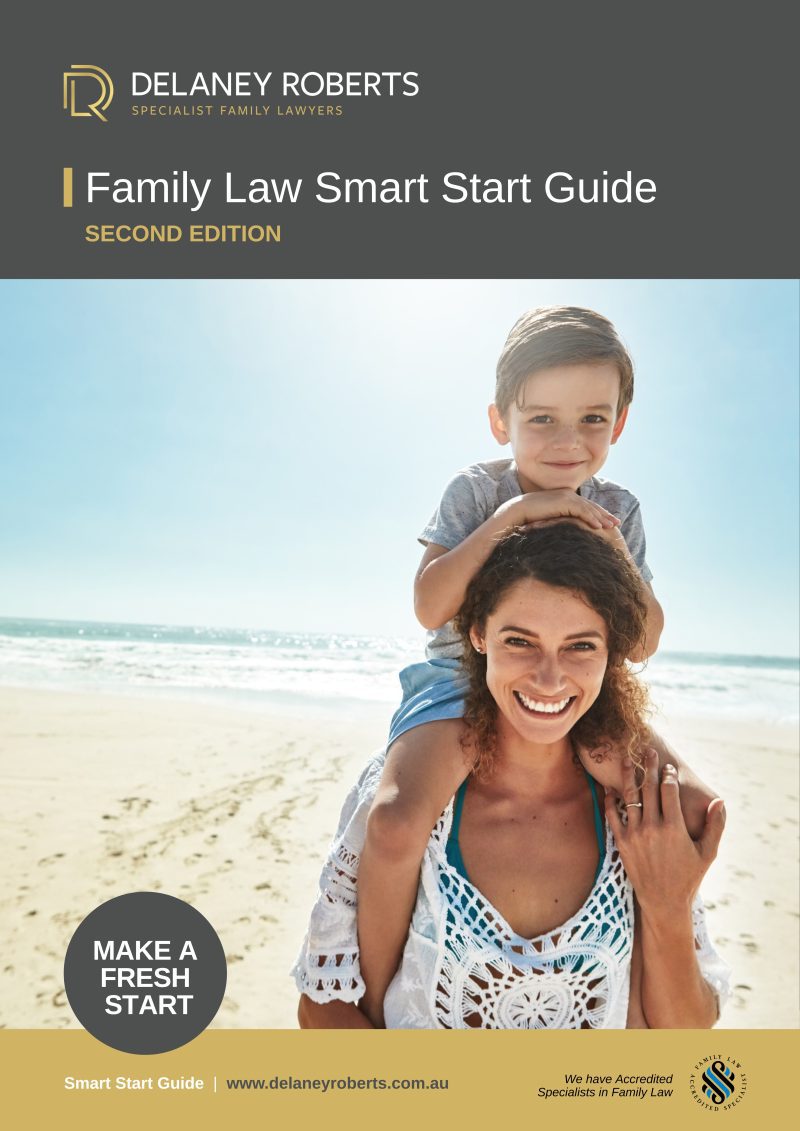Criminalisation of Coercive Control
From 1 July 2024 in New South Wales, it is a criminal offence to use abusive behaviour repeatedly and/or continuously towards a current or former partner with the intention to coerce and/or control them. The maximum penalty is seven (7) years’ imprisonment.
The law broadly defines “abusive behaviour” as behaviour including but not limited to:
- behaviour that causes harm to a child if a person fails to comply with demands made of the person,
- behaviour that causes harm to the person against whom the behaviour is directed, or another adult, if the person fails to comply with demands made of the person,
- behaviour that is economically or financially abusive, for example:
- withholding financial support necessary for meeting the reasonable living expenses of a person, or another person living with or dependent on the person, in circumstances in which the person is dependent on the financial support to meet the person’s living expenses,
- preventing, or unreasonably restricting or regulating, a person seeking or keeping employment or having access to or control of the person’s income or financial assets, including financial assets held jointly with another person,
- behaviour that shames, degrades or humiliates,
- behaviour that directly or indirectly harasses a person, or monitors or tracks a person’s activities, communications or movements, whether by physically following the person, using technology or in another way,
- behaviour that causes damage to or destruction of property,
- behaviour that prevents the person from doing any of the following or otherwise isolates the person:
- making or keeping connections with the person’s family, friends or culture,
- participating in cultural or spiritual ceremonies or practice,
- expressing the person’s cultural identity,
- behaviour that causes injury or death to an animal, or otherwise makes use of an animal to threaten a person, and
- behaviour that deprives a person of liberty, restricts a person’s liberty or otherwise unreasonably controls or regulates a person’s day-to-day activities, for example:
- making unreasonable demands about how a person exercises the person’s personal, social or sexual autonomy and making threats of negative consequences for failing to comply with the demands,
- denying a person access to basic necessities including food, clothing or sleep
- withholding necessary medical or other care, support, aids, equipment or essential support services from a person or compelling the person to take medication or undertake medical procedures
The Impact of Criminalisation
By providing a unique avenue to prosecute perpetrators, the new laws recognise coercive control as insidious behaviours causing severe and long-lasting harm to victims and their families. The criminalisation of coercive control also reflects the New South Wales Government acknowledging the continuing shift in societal attitudes towards addressing domestic and family violence as a national crisis. Importantly, all other State and Territory Attorney-Generals have agreed to follow suit and criminalise coercive control.
The new laws will likely influence how the Federal Circuit and Family Court of Australia will determine Family Law cases involving coercive control.
Parenting Arrangements
In Parenting matters, the paramount consideration is the best interests of the child. When making Parenting Orders, the Court must determine the child’s best interests by considering, among other things:
- What arrangements would promote the safety (including safety from being subjected to, or exposed to, family violence, abuse, neglect, or other harm) of the child and each person who has care of the child,
- Any history of family violence, abuse or neglect involving the child or a person caring for the child, and
- Any family violence order that applies or has applied to the child or a member of the child’s family.
Following the criminalisation of coercive control, it is likely the Court will be more willing to recognise coercive control as a risk of harm to children and their families, and therefore accept that coercive control falls within the scope of the mandatory considerations in the determination of the child’s best interests. Similarly, it is expected the Local Courts will be more willing to make Apprehended Domestic Violence Orders based on coercive control.
Property Division
Property Division matters are determined by what is often referred to as a four (4) step process:
- What is the property pool available for division?
- What contributions has each person made to the property pool?
- Which person has the greater future needs?
- Determine whether the proposed division of property is just and equitable.
Family violence may be relevant to considering the parties’ contributions (step 2). The case of Kennon & Kennon established the principle that, when assessing contributions, the Court may consider “a course of violent conduct” perpetrated by one party towards the other which has had a significant negative impact on the victim’s contributions or has made the victim’s contributions significantly more difficult than it ought to have been.
Successful Kennon arguments have been few and far between and generally involve particularly egregious physical violence. Following the introduction of the new laws, the Court may be more willing to accept coercive control as a course of violent conduct and therefore consider the effect of coercive control on victims’ contributions and assess the contributions accordingly, which could result in property divisions in favour of victims.
However, the Court noted the Kennon principle, while not limited to domestic violence, should only apply in exceptional cases. Further, persons seeking to rely on coercive control to establish Kennon arguments face the burden of establishing the facts on the balance of probabilities, which is known to be difficult, even for less nuanced examples of family violence.


















